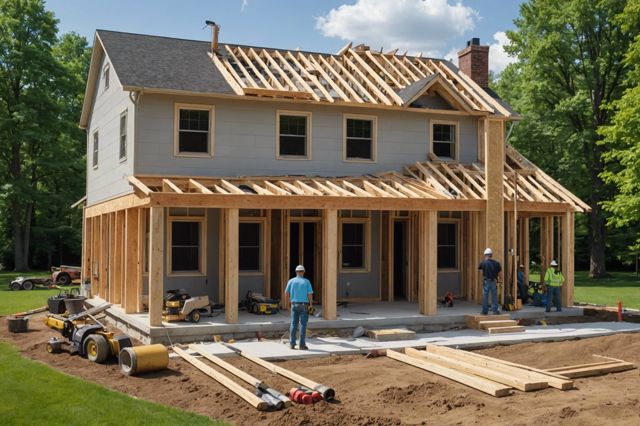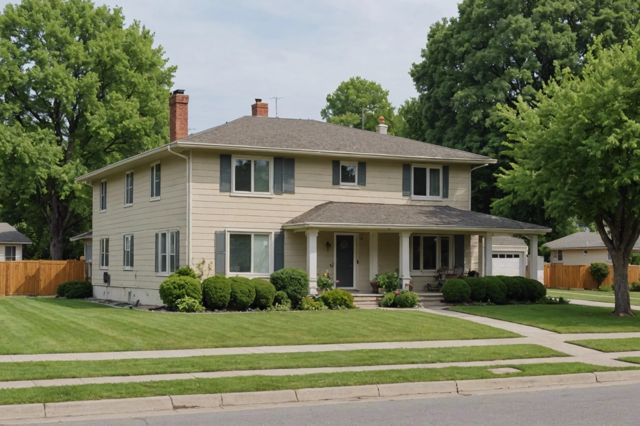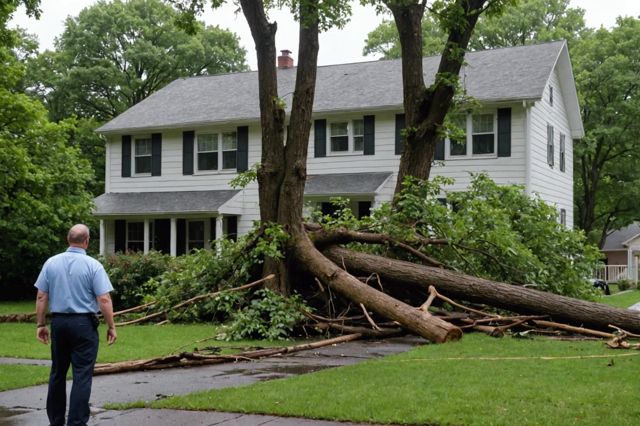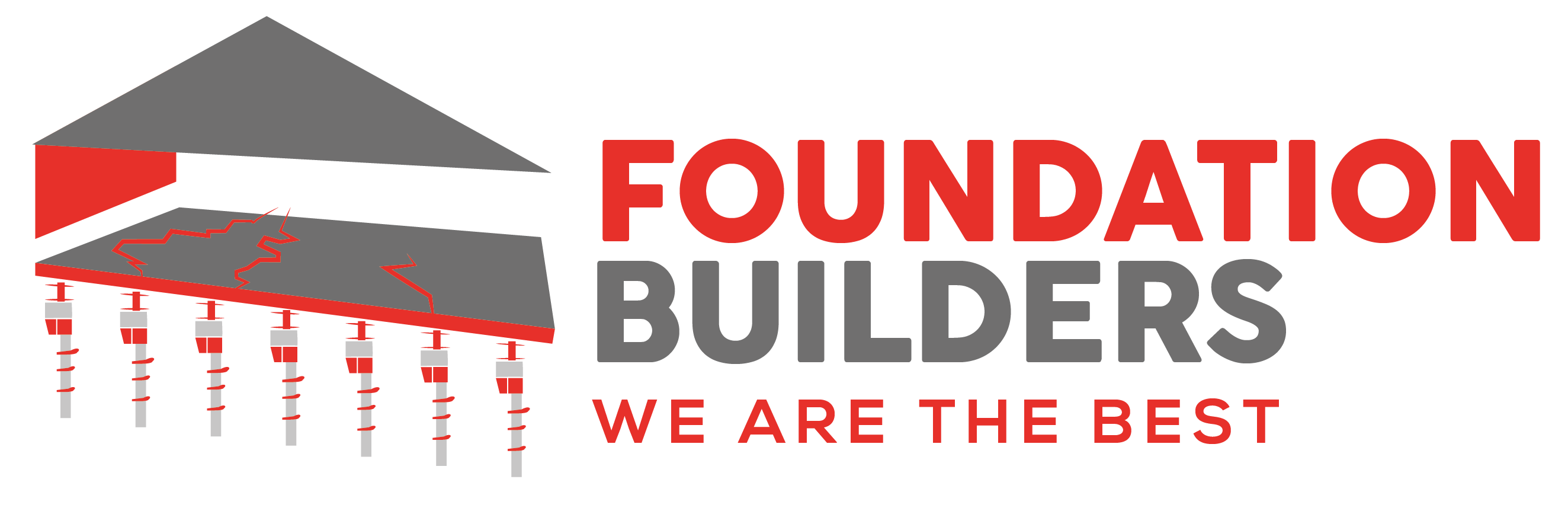Foundation repair is essential for maintaining property value and safety, and involves addressing problems like cracks and structural issues to prevent further damage. Effective and documented repairs, particularly those performed under the guidance of a licensed engineer, can preserve and potentially increase a home’s market value.
Introduction to Foundation Repair and Its Importance
Understanding the basics of foundation repair is key for anyone involved in property management or ownership. The foundation is the backbone of a home, providing stability and support. Different types include slab, crawl space, and basement foundations, each with unique characteristics and potential issues.
- Common Foundation Issues:
- Minor cracks and settling often occur and can be fixed.
- Severe problems may lead to structural failure, though rare.
Timely repairs are crucial for maintaining a property’s value and safety. Ignoring early signs like visible cracks or sloping floors can lead to more extensive, costly repairs down the line.
- Impact on Home Value:
- Regular maintenance and prompt repair of foundation issues can preserve and even increase a home’s resale is discussed in depth in this article on Common Signs of Foundation Damage.
When buying a home, it’s important to understand the history of any foundation repairs:
- Types of Repairs:
- “No-worry” repairs usually pose less threat.
- “Worth additional investigation” repairs could indicate deeper issues often requiring Advanced Underpinning Methods.
- Disclosure and Documentation:
- Sellers must disclose known foundation issues.
- Repairs should be documented by a licensed engineer and often come with a warranty.
Lenders may be cautious about financing homes with past foundation issues due to potential risks. If considering such a property, partnering with an experienced real estate agent and conducting thorough inspections are wise moves. Always check if further repairs were suggested but not undertaken.

Underpinning Methods and Procedures
Underpinning is a key technique used to stabilize and strengthen the foundations of existing buildings. This process is typically necessary when the original foundation is incapable of supporting the structure due to soil subsidence or additional loads. Here’s a breakdown of the methods and procedures involved:
- Types of Underpinning: The most common methods include the use of concrete piles, steel beams, (helical piers), micropiles, and grout injections. These materials help transfer the building’s load to more stable soil or bedrock.
- Step-by-Step Process: Underpinning starts by assessing the foundation’s current condition and the soil characteristics. The method chosen depends on the building’s needs, site limitations, and safety considerations. The process usually follows a bottom-up approach, ensuring deeper foundation layers are stabilized first.
- Role of Professionals: Trained professionals carry out the process, using specialized equipment. Structural health monitoring is crucial to ensure the integrity of the building during and after underpinning. Temporary works design is also vital to provide stability during this invasive procedure.
- Benefits: Successfully underpinning a foundation not only enhances its load-bearing capacity but also extends the lifespan of the building. It is an effective solution for preventing further structural damage.
This overview provides a glimpse into the technical and critical nature of foundation underpinning in the construction industry.
Impact of Foundation Repair on Home Value
- When a home undergoes foundation repair, it’s crucial to disclose this to potential buyers as it impacts the home’s value. Foundation repairs might involve methods like pins and grouting, and are typically overseen by a licensed engineer who also provides a completion report. A warranty from the foundation repair company often accompanies this, though it only covers the specific areas addressed and lasts as long as the company remains operational.
- Buyers should be aware that even after repairs, future issues can’t be ruled out, especially if the underlying problems progress. It’s advisable to inspect the property thoroughly with a professional during the buying process. Engaging in discussions with the repair contractor about any recommended but declined further repairs, and checking for any recent callbacks is also beneficial.
- Foundation issues vary significantly, from minor cracks that are relatively easy to fix, to major structural damages that can be costly and reduce the property’s value by 10-15%. The type of foundation, the extent of damage, and the size of the home influence repair costs, which can range from as low as $500 to as high as $10,000.
- The integrity and safety concerns arising from foundation problems can deter lenders from financing homes with such issues, posing a challenge for sellers and buyers alike. Engaging a knowledgeable real estate agent can be crucial in navigating these complexities effectively.
- Minor issues like small cracks and settling are common and can often be resolved without major concern. However, more severe problems may require extensive investigation and repair. It’s important for homeowners to address any foundation issues promptly to prevent escalation and preserve the home’s value.
- Preventative measures are essential for maintaining foundation health. Homeowners should ensure proper yard grading to prevent water accumulation around the foundation. Planting trees too close to the house should be avoided as their roots can also threaten the foundation’s stability.

Foundation Repair and Building Insurance Implications
- Home insurance may cover foundation repairs if the damage is due to sudden, accidental events included in the policy. Common covered perils include situations like a tree falling on your home, causing foundation damage.
- Foundation issues resulting from normal aging, poor construction, natural wear and tear, or natural disasters like earthquakes and floods are generally not covered by standard homeowners insurance policies.
- Before filing a claim for foundation repair, it’s important to check your insurance policy details. Coverage depends on the type of policy, the specific exclusions listed, and the cause of the foundation damage.
- To avoid unexpected foundation repair costs, maintain your foundation by ensuring proper drainage and moisture levels around your home. Look out for signs of potential problems, such as cracks in walls, uneven floors, and doors that won’t close properly.
- If your foundation is damaged by a covered event, contact your insurance company immediately to arrange for an inspection by a claims adjuster. Prompt action can help ensure your claim is processed efficiently.
For more information on maintaining your foundation or to schedule a free inspection, visit Foundation Builders’ Services.

FAQ
What are the common types of foundation structures mentioned in the article?
Slab, crawl space, and basement foundations are the common types of foundation structures discussed. Each has unique characteristics and potential issues.
What should be done when minor foundation issues like cracks and settling are noticed?
It’s important to address minor issues like cracks and settling promptly to avoid more extensive and costly repairs in the future.
How can regular maintenance and timely repairs impact a home’s resale value?
Regular maintenance and prompt repair of foundation issues can preserve, and even increase, a home’s resale value.
What are some types of foundation repairs mentioned and their implications?
The article mentions “No-worry” repairs which usually pose less threat, and “Worth additional investigation” repairs which could indicate deeper issues and may often require advanced underpinning methods.
What is the importance of disclosure and documentation in foundation repairs when selling a home?
Sellers must disclose known foundation issues. Moreover, repairs should be documented by a licensed engineer and often come with a warranty, which is crucial for maintaining transparency and trust in real estate transactions.
What underpinning methods are commonly used to stabilize foundations?
Common underpinning methods include the use of concrete piles, steel beams, helical piers, micropiles, and grout injections, which help transfer the building’s load to more stable soil or bedrock.
What is the role of professionals during the underpinning process?
Trained professionals use specialized equipment to carry out underpinning, ensuring the building’s structural integrity during and after the procedure. They also monitor the structure’s health and design temporary works for stability during this invasive procedure.
How should potential buyers approach properties with past foundation repairs?
Potential buyers should partner with experienced real estate agents, conduct thorough inspections, and consult with professionals about any suggested but not undertaken repairs. Understanding the history of foundation repairs is crucial.
What kind of foundation repair costs can homeowners expect?
Foundation repair costs can range significantly, from as low as $500 to as high as $10,000, depending on the type of foundation, the extent of damage, and the size of the home.
Are foundation repairs covered by home insurance?
Home insurance may cover foundation repairs only if the damage is due to sudden, accidental events included in the policy. Damage resulting from normal aging, poor construction, or natural disasters typically is not covered.

